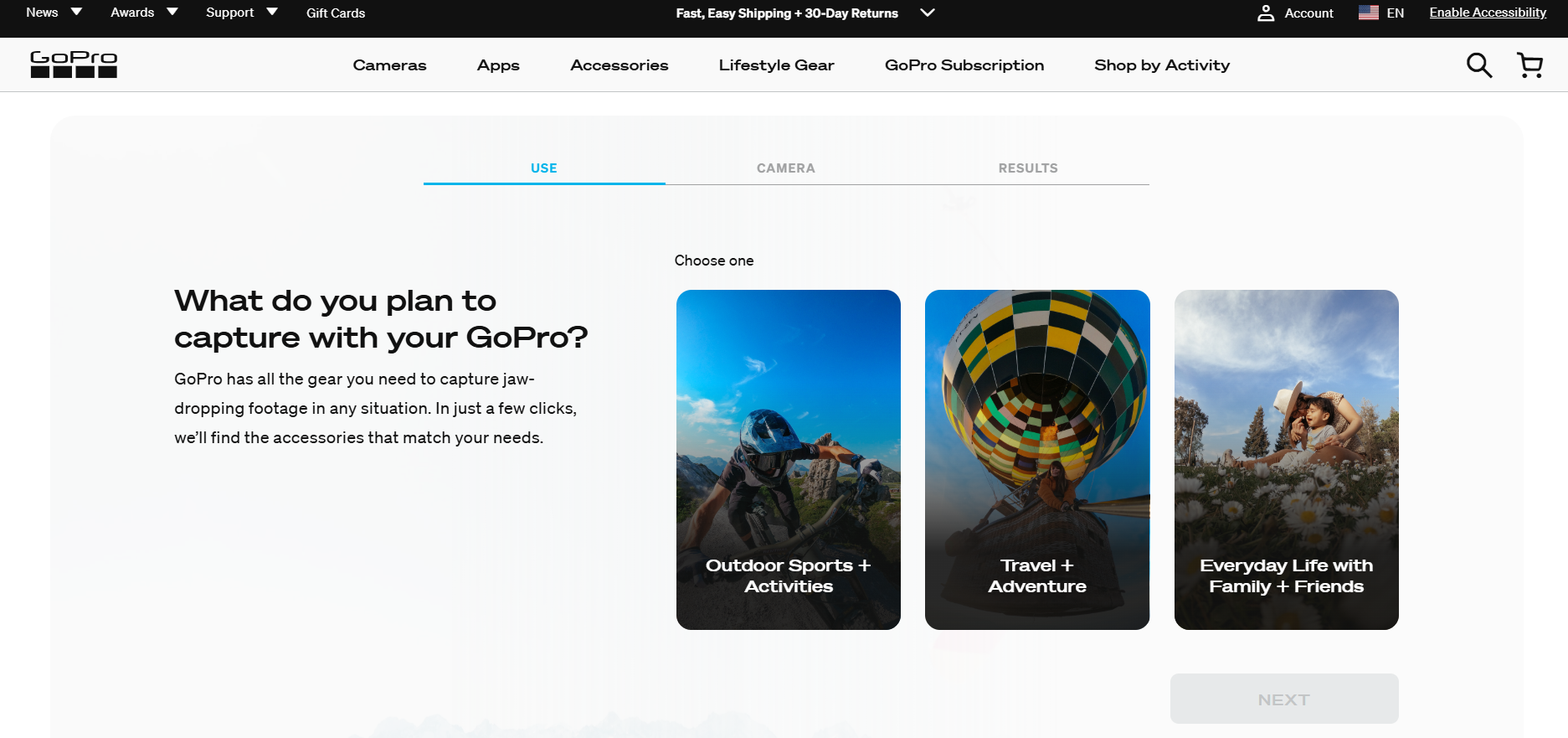Exactly What to Do in Every Step of an Ecommerce Flywheel

An ecommerce flywheel is a self-reinforcing loop made up of key business elements like traffic, conversions, and the customer experience, all linked together to fuel continuous growth and profitability. Put effort into one element to get the next element going, so on and so forth, until you’re all the way around the loop.
There are four steps in an ecommerce flywheel:
Below is exactly what to do in each step.
Step 1: Attract Potential Top Customers
A flywheel starts with attracting relevant traffic to your e-commerce store, specifically people who have the potential to be your top customers. The more traffic you get, the more momentum that builds up in your flywheel.
Here’s what you want to do to attract ideal customers:

Step 2: Keep Potential Customers Engaged
Once you get the attention of the people you want shopping with you, you need to keep their attention. Traffic doesn’t mean much if they’re just stopping by your site and that’s the first and last interaction they have with your brand. The focus should be on building the relationship and showing customers that you have what they need.
Here’s what to do to keep potential customers engaged:

Step 3: Turn Potential Customers into Actual Customers
You’ve attracted ideal customers and engaged them. The next step in the ecommerce flywheel focuses on turning these potential customers into actual customers. In other words, conversions.
Empower potential customers to reach their goal, whether finding out a price, watching a demo, or getting a discount, so that you can reach your goal of making them a customer. But don’t force it.
Here’s how to turn potential customers into actual customers:

Step 4: Turn Them Into Repeat Customers
The key to the ecommerce flywheel actually fueling continuous growth and profitability is not stopping at getting people to purchase something. Keep the momentum in your flywheel going by turning customers into loyal ones.
This might be the most important step because it’s what keeps the flywheel going round and round. Repeat customers become brand advocates. As they advocate for your brand, they get new potential customers interested, and back to the beginning of the flywheel we go.
Here’s how to turn them into repeat customers:

What’s the Biggest Benefit of an Ecommerce Flywheel?
The biggest benefit of an ecommerce flywheel is having a long-term plan for generating profit in your business. One-time customers do not make you as much money as repeat customers do. An ecommerce flywheel helps you focus on creating a loyal customer base by
delivering a remarkable customer experience at each step.
What’s the Difference Between a Marketing Funnel and an Ecommerce Flywheel?
There’s one big difference between a marketing funnel and an ecommerce flywheel:
The marketing funnel focuses on attracting leads and converting them. It’s very linear. On the other hand, an ecommerce flywheel is all about building relationships with customers that result in them making repeat purchases. It’s also very circular, in that repeat customers become brand advocates that inspire new potential customers to come forward.
How to Create a Flywheel for Your Ecommerce Business
If you’re ready to create an ecommerce flywheel for your business, follow these steps:



